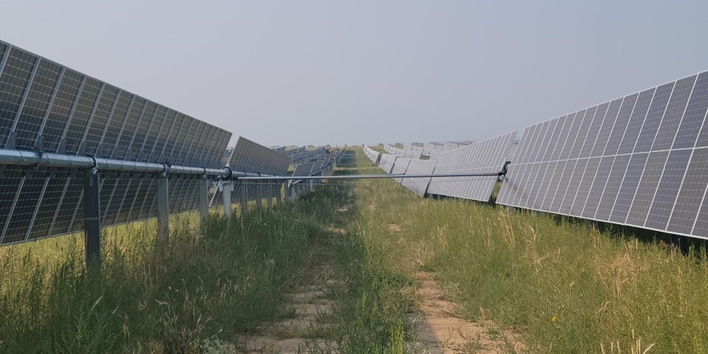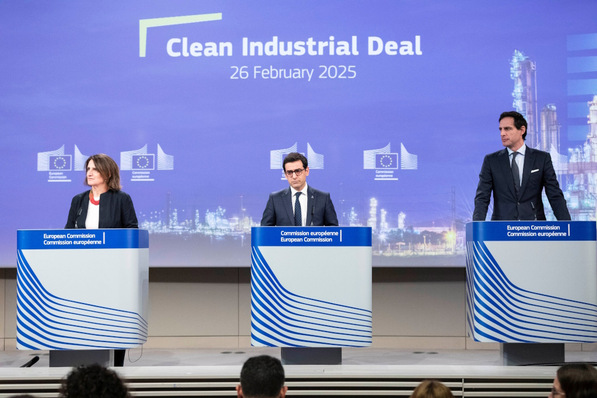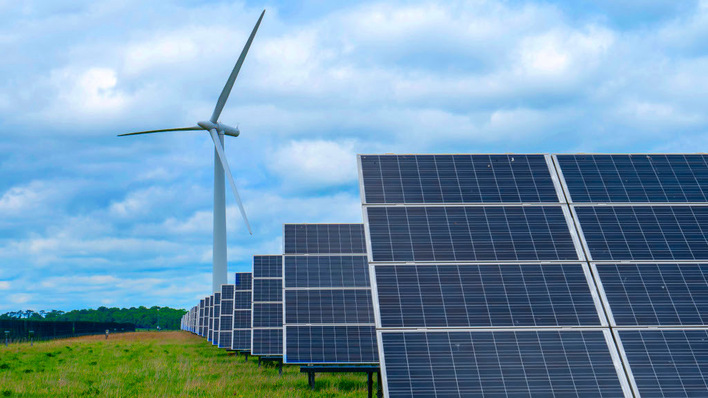Political leaders are making strides in climate change this month with election commitments from President-elect Biden in the US, UK Prime Minister Johnson launching a 10-point plan for a Green Industrial Revolution and the European Union unveiling plans to increase offshore windfarm capacity 25-fold as part of the Green Deal, but more action is required to get in striking distance of the Paris Agreement, according to DNV GL.
Cross sector industry support is needed to boost investment, technology and skills to transition at the rate required to meet climate targets, according to a report released today by DNV GL.
Five calls to action for global decarbonization
The final report in DNV GL’s ‘Transition Faster Together’ 2020 series summarizes the strategies and solutions needed to speed up the energy transition. DNV GL has put forward five calls to action to help a faster transition to a clean energy future. These include governments increasing policy support along with economic stimulus packages, enabling investment in emerging technologies, re-skilling and a greater focus on cross-sector partnerships.
Did you miss that? Ports can be the front runners of the energy transition
The series brought together experts and industry leaders to share their views on three areas vital to accelerating the energy transition: renewables, power grids and energy efficiency.
Predicted growth in renewables is not enough
In its recently launched Energy Transition Outlook, DNV GL predicts that by mid-century, 62% of the world’s electricity needs will come from solar and wind, generated by 17,000 gigawatts (GW) of installed solar and wind capacity. But the predicted growth in renewables is far from enough to meet the climate goals of the Paris Agreement, despite a shifting sentiment from policy makers.
The climate emergency persits
Ditlev Engel, CEO at DNV GL-Energy said: “With COVID-19, normal life has changed dramatically in 2020, however as we endure these tough times, the climate emergency persists. We can be encouraged by recent world commitments towards climate positive policies, but that is only one part of the necessary movement needed to shift the emissions dial. While many governments are proficient at putting together strategies for energy programs, it will not be fast enough, according to our forecast .”
Greater support to develop and deploy new technologies
The first call to action is greater support to develop and deploy new technologies. Emerging technologies such as bifacial solar modules, larger wind turbines, floating solar and floating wind will play an increasing role over the next five years. To accommodate an increase in renewables, power grids will need the ability to integrate new technologies more quickly. By supporting the development and deployment of new technology for generation and distribution of clean electricity, the move from innovation to established and proven climate change solution will accelerate.
Quick action for policy and regulatory frameworks
The second is urging governments to increase climate commitments and act quickly to bring in policy and regulatory frameworks. Although renewable energy technologies are becoming less dependent on government support, decarbonization projects face continued transition risks related to policy making and slow implementation. Without a higher degree of cross-party cohesion, policy uncertainty and delay will continue.
Post-COVID investment as opportunity
The third call is to focus post-COVID investment to accelerate the energy transition. A global pandemic creates the risk that long-term economic uncertainty will dampen climate initiatives, but it also presents an opportunity to focus enormous economic stimulus packages on long-term sustainable solutions. Governments around the world need to commit to post-pandemic economic stimulus packages that will drive the uptake of low or zero carbon solutions.
Foster cross-collaboration within sectors
The final two calls of action are to find ways to foster cross-collaboration within sectors and to encourage workforce skills to join the fast moving and exciting energy industry.
Did you miss that? Global climate change project at World Heritage sites in Africa
Mr Engel added: “The energy sector needs to recruit and reskill aggressively in the next decade to enable its workforce to keep pace with the energy transition. The workforce needs be agile, diverse, technologically and digitally adept to adjust and keep abreast of changes. The technology to enable digital transformation is available but this technology is only as good as the people who use it.
Encourage workforce skills
“Organizations need to invest in practical skills training combined with a mindset shift to ensure their employees have the expertise to add value on top of technology implementation. We need a combination of solutions to set a new path that is sustainable and people-centred. As a global energy industry, we need to join forces and do everything in our power to ensure we transition faster together.”
Transition Faster Together: 2020 conclusions is the final in a series of five reports by DNV GL highlighting solutions and ideas to help accelerate the energy transition. (hcn)








